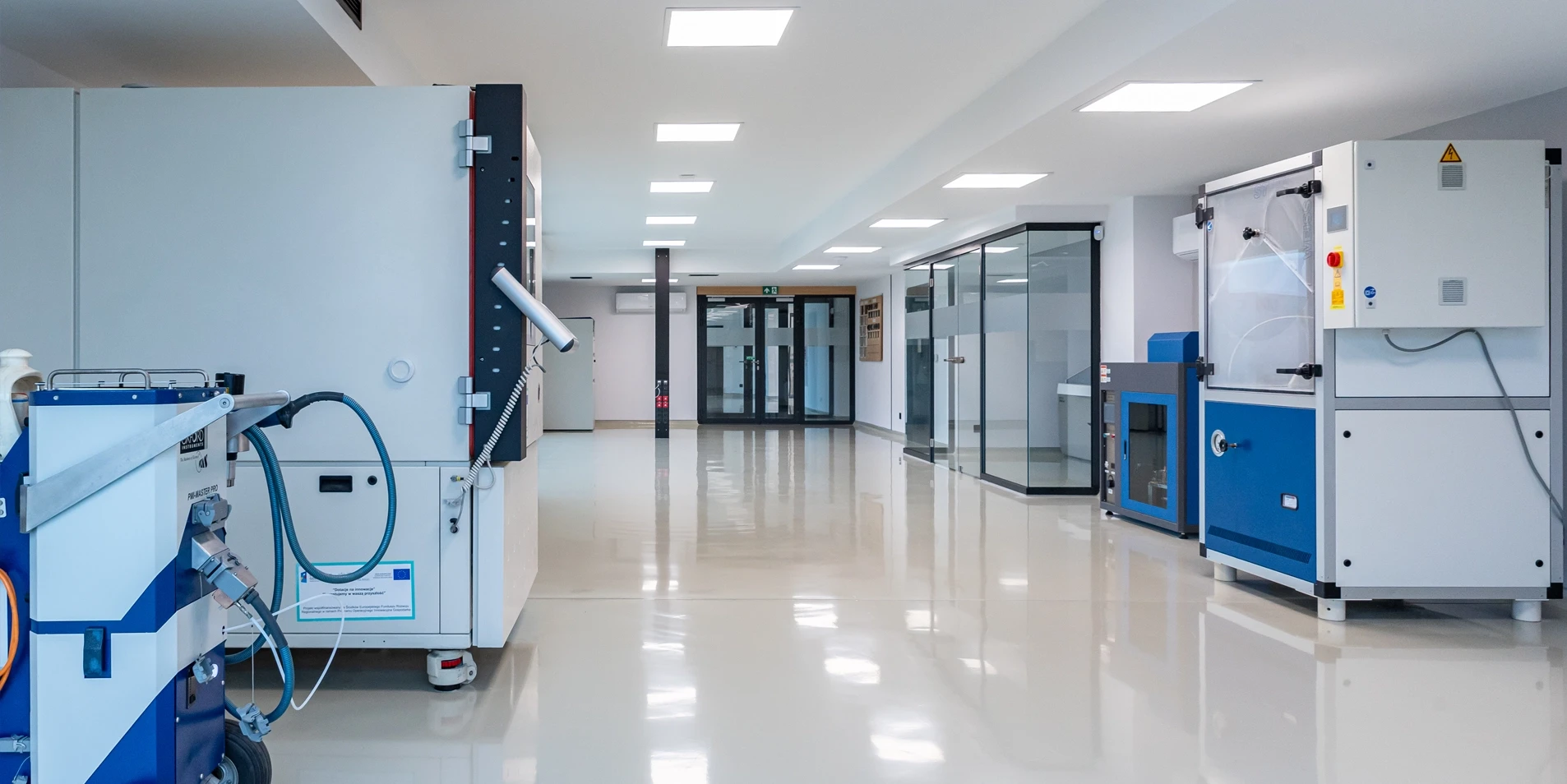

ROSA has always been focusing on the excellent quality of its products. To this end, we have designed and built the Laboratory equipped with state-of-the-art test equipment allowing us to thoroughly test every element of the product at every stage of construction. As a result, we create some of the best strength columns
and bring innovative lighting solutions to the market.
- Home
- Knowledge zone
- Laboratory